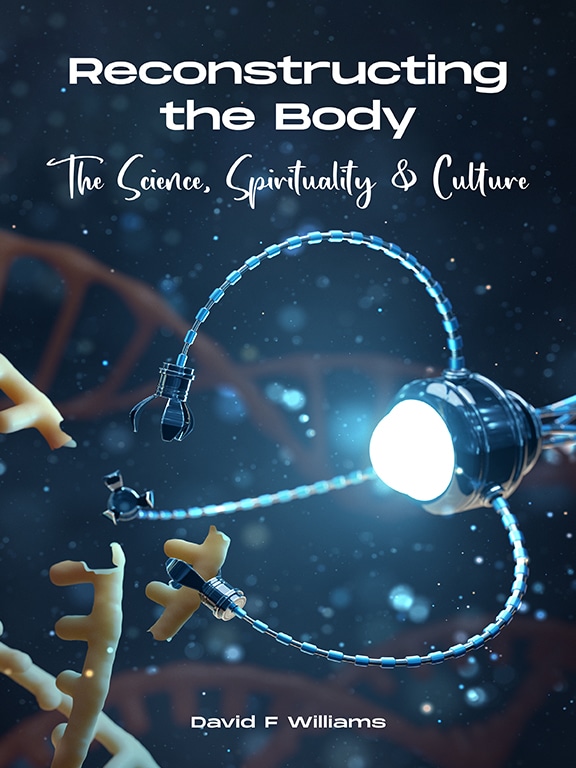There are many manifestations of the arguments and justifications for these different systems, some of which have been discussed by Capra15 and Jack et al16. It could be argued that spirituality is an extension of physical science since it represents a belief and faith in matters that cannot be explained by the existing knowledge of natural matters; hence the association of spiritualism with the un-natural and mysticism. This is consistent with the philosophy of Kant who determined that human understanding provides the general laws of nature, which structure real experiences, while human reason is the basis of moral law and therefore the belief in aspects beyond those experiences, including God and immortality17. It is true that some religions, especially Christianity, have produced theological statements about the natural world, including human nature, that have been interpreted as literal truths, where attempts to question them were treated as heresy, which has led to major differences, and indeed serious conflicts, between religion and science. Fundamentalists on both sides have taken irrational positions on the absoluteness of scientific theories and the metaphorical nature of religious writings.
This is not the place for an extensive discourse on these differences. As noted in the Jack citation of a previous paragraph, there are arguments for and against connectivity between parts of the brain that are responsible for moral concern and analytical thinking. We must recognize that all three components (science, spiritualty, and religions) have their deficiencies, including the unreliable nature, and often irreproducibility, of the clinical / scientific research that forms the basis of medical advances.
Finally, I refer to the experiences of Riva Lehrer, whose autobiography18, published in 2020 after I had produced the first draft of this Chapter, epitomizes the massive difficulties, physically, emotionally, psychologically, and spiritually, that may be encountered by those who are born with severe anatomical and functional deficits, and who must live through the uncertainties of treatments and therapies that have been designed to reconstruct their bodies. The fact that she was an artist and painted many portraits of her friends and colleagues who were also disabled, adds to the piquancy of her account in relation to my work.
The word ‘Golem’ in the title of her book refers to the name given in Hebrew to ‘a shapeless mass’, made of inanimate material, usually clay, that is shaped and awakened by the will of a master. This is not the place to go into the mythology of Golems, but the reader is referred to a recent novel by Alice Hoffman, which includes good descriptions of the subject19. In Golem stories, this shape, conforming to the descriptive term ‘monster’, is usually disabled, speechless and somnambulistic, acting on dreams and animal instincts. Riva states that on the day she was born she was a mass, a body with irregular borders, being denied the autonomy that is the birthright of normalcy. On that, and subsequent, days, doctors foretold that she would be a vegetable, something that was without volition or self-awareness. Such children were often allowed to die; those that were saved were not given any purpose. However, as she puts it, it is in the nature of a Golem to wake up, to search for the path from being an It to an I.
At birth, in 1958, no-one could tell whether the newborn was a boy or girl, the lower part of the body being encased in adhesions. When Riva’s mother was eventually presented with the child, there was a grotesque red sac protruding from its back; Riva was born with the condition of spina bifida, where the

